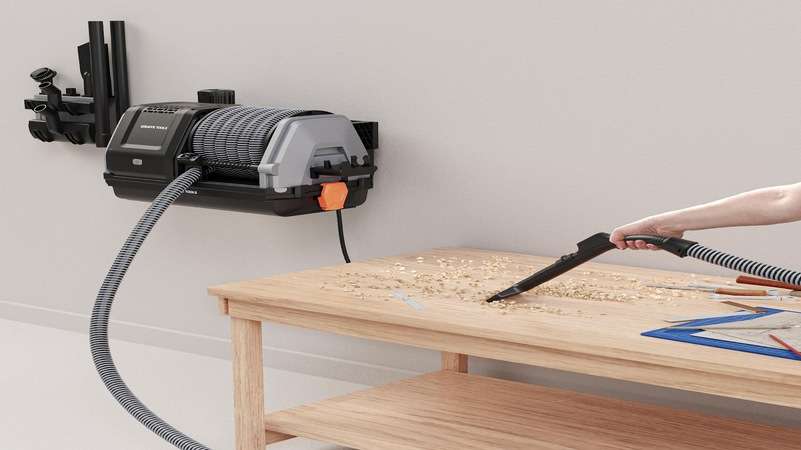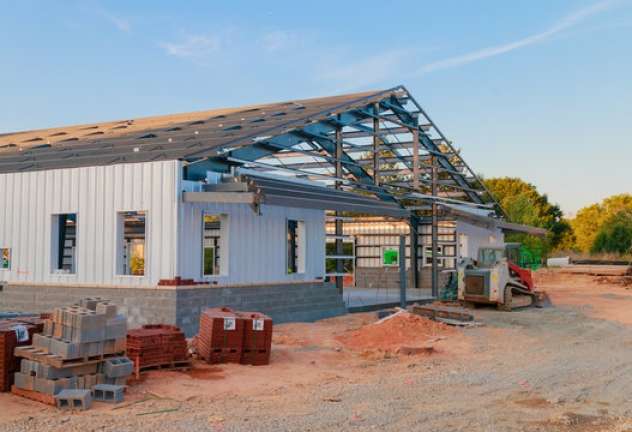Today, the United States has a solar power capacity of around 97.2 gigawatts (GW). Considering it was just 0.34 GW back in 2008, we’ve grown tremendously in the last 1.5 decades.
A higher capacity means better affordability and accessibility, which means you might be looking into solar power for your own home.
But how do solar panels work? Here’s a quick guide to solar panel science.
What Types of Solar Panels Are There?
First of all, there are 2 types of solar energy systems: photovoltaics (PV) and concentrating solar-thermal power (CSP). Most (if not all) residential properties use PVs, so that’s probably what you think of when you think “solar panel”. CSP is usually reserved for commercial purposes.
Within PV systems, there are 3 types of solar panels: monocrystalline, polycrystalline, and thin-film.
The first two are made of silicon wafers but have different compositions. Black solar panels are monocrystalline and blue ones are polycrystalline.
The last is made from several materials, mainly cadmium telluride (CdTe). Thin-film panels can be either black or blue in color.
Just as a quick fact, monocrystalline panels are the most expensive due to their manufacturing process.
How Do Solar Panels Work?
No matter what type of solar panel you choose for your home, they all work in the same way. They all convert sunlight into energy by taking the light and absorbing them. As a result, some electrons are knocked loose from the light, which produces photons.
Within the solar cell, there are both positively and negatively charged semiconductors. Combined, they create an electric field that forces the loose electrons to flow uniformly, which then generates electricity.
How a Home Solar Panel System Is Set Up
First, the home solar panels are affixed to your roof. These are connected to your home’s electric system through the inverter, which is connected to the breaker box and utility meter.
When the sun hits your solar panels, this will create an electric field. The created electricity flows into a conductive wire on the edge of your solar panels.
The electricity then travels through the conductive wire to the inverter. Here, it’s converted into AC electricity from DC. AC electricity is generally used for powering larger things while DC electricity is used for smaller electronics, so this is beneficial in powering your home.
The AC electricity now goes through another wire, into your home’s breaker box. From here, it’s distributed to where you need it.
If you’ve generated extra energy, it goes into the utility meter and electrical grid. If your area allows for net metering, then it’ll make your meter go backward, which will then give you money back!
Utilize Solar Panel Technology for Your Home
Now you know the answer to the question, “how do solar panels work?” If you want to do your part in looking after the planet and also save some money in the long run, then you should take advantage of this type of power for your home. You could also look for a community solar company in your area and get the best benefits you could ask for.
Keep reading the rest of our blog page for more eco-friendly tips.
Read Also: Why Should You Consider Switching to a Solar Energy Provider in NSW?















